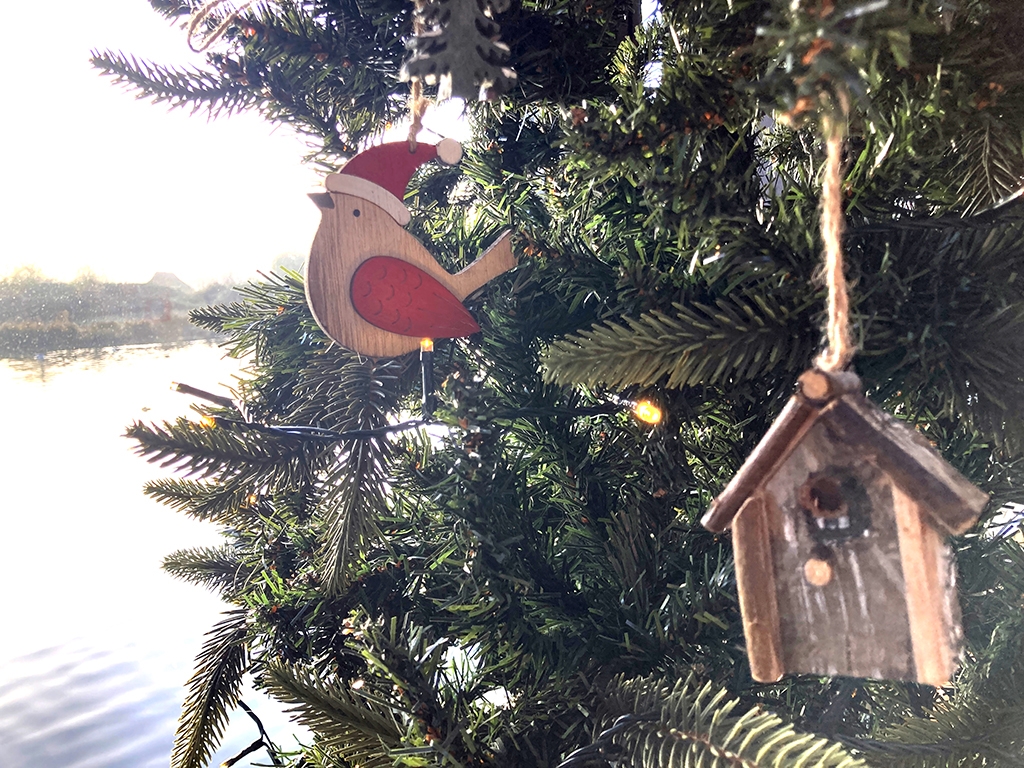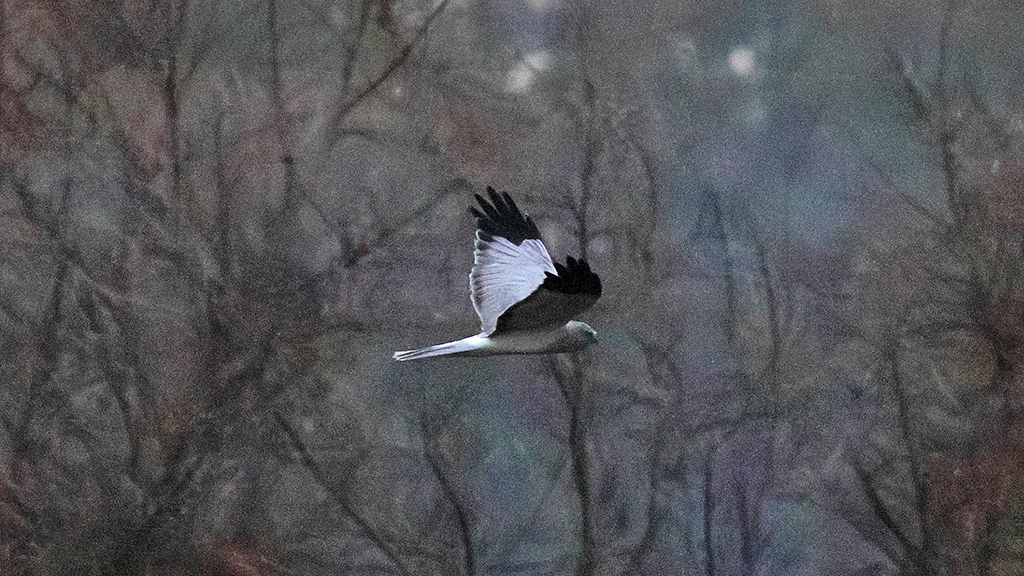Managing our wild side
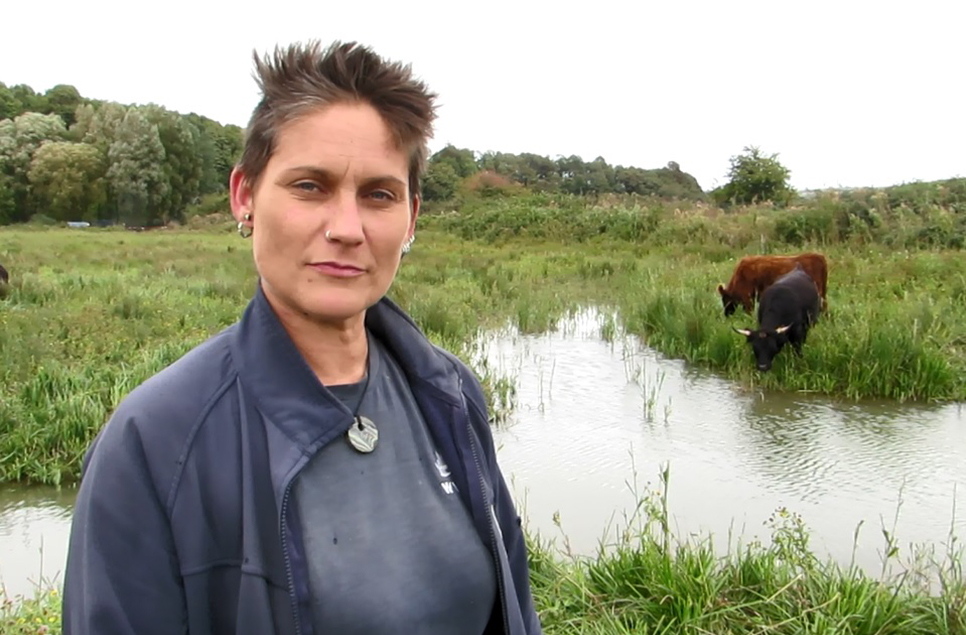
Reserve Manager Suzi Lanaway (above) takes you through the summer season of wildlife at Arundel Wetland Centre and ahead to autumn with these monthly updates.
June: Kingfisher fledglings, delightful damselflies and 'toadpoles'
The wet weather followed by sunny skies has produced a ridiculous growth rate of the vegetation! The reserve is buzzing with invertebrate life, enjoying the botanical bounty. As the cowslip and ragged robin start to disappear, common valerian, various umbellifers and bird’s-foot trefoil appear in abundance, with southern marsh and common spotted orchids flourishing on the wet grassland.
The dragons and damsels are out in force, on sunnier days we have azure, blue-tailed and red-eyed damselflies, broad-bodied chaser, emperor dragonfly and now black-tailed skimmer starting to make an appearance. Senior Reserve Warden Emma Jacob photographed two pairs of azure damselflies in this perfect criss-cross formation on the raised pond (below). The females are egg laying and the males stay with them to ward off other males and predators.
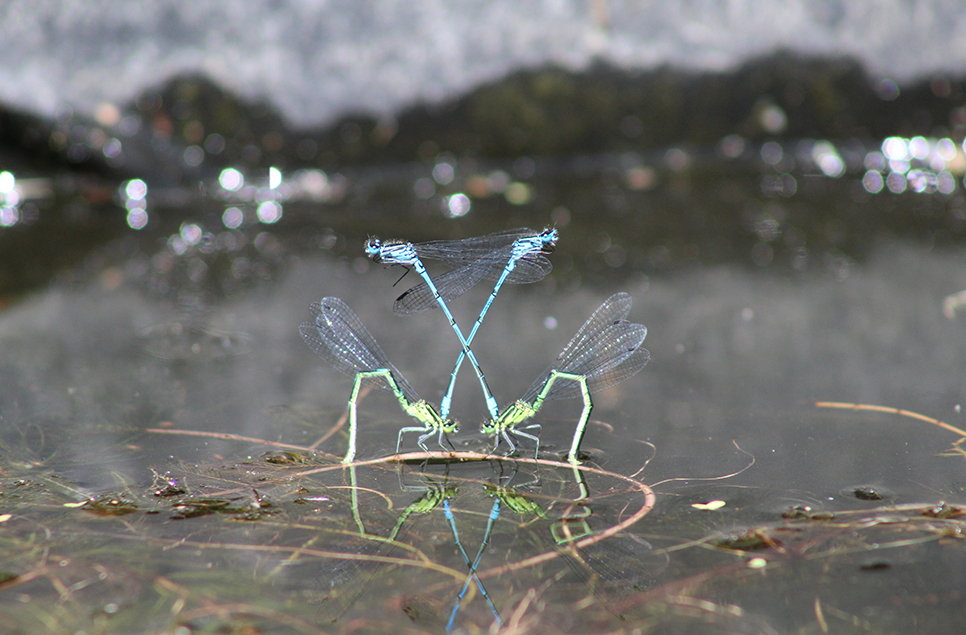
Butterflies spotted include speckled wood, peacock, red admiral, painted lady, common blue and we did even find a dingy skipper at the Triangle. Ruby-tailed wasps are also around – look out for these beauties often resting on fence rails.
To encourage common terns back to the reserve, we put out a couple of decoys on the island nearest the Ramsar hide. These decoys were very generously made and donated by the Bentley Wildlife Wood Carvers who teach workshops here at Arundel. The tern decoys have been named Ike and Tina. We were considering playing sound lures for the terns as well, until the kingfishers nested next to the speaker! As having two breeding pairs of kingfishers in such close proximity is so unprecedented on this site, I was reluctant to put them off at this stage.
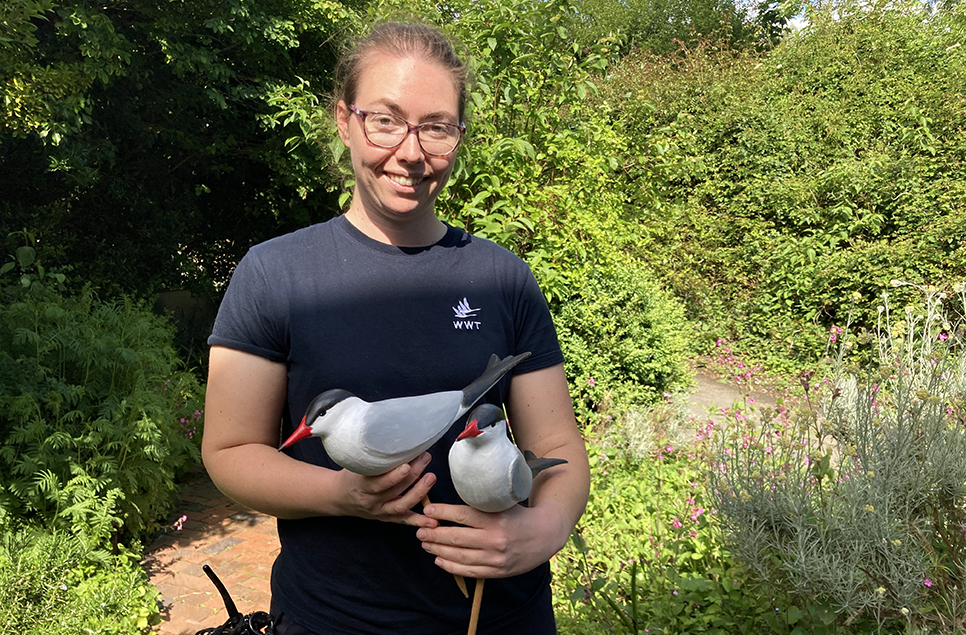
Senior Reserve Warden Emma Jacob with tern decoys
The kingfisher pair on Arun Riverlife successfully fledged chicks with juveniles being spotted around the reserve – mainly on willows around water’s edges from the Scrape Hide, the Willow Screen or Lakes and Forests. Look out for a duller plumage, a white tip at the end of the bill and grey legs. The adult pair are now nesting again for a second brood. A second pair who are nesting in the Sand Martin Hide are still feeding young, but as fledging age approaches, the adult pair will be wanting to nest again shortly afterwards. Such an abundance of kingfishers! Of course, the young will have to find their own territories, so this will be an interesting story to watch unfold.
We were very pleased to confirm that a pair of lapwing managed to successfully fledge two chicks on the wet grassland. Following another strange season, with fewer lapwing pairs and later breeding attempts, it was difficult to monitor nests without causing too much disturbance. It is still under the threshold of what is considered sustainable for this species, (4 confirmed pairs, 2 confirmed fledglings = 0.5. The breeding success needed to maintain the population is 0.7) it is a vast improvement on the previous two years.
The oystercatcher pair that nest in front of the Coastal Creek aviary hatched one egg this year, but the chick has grown at a phenomenal rate as a result. Sand martins are once again using the nest chambers in good numbers. The final number will not be confirmed until chambers are cleaned out this winter. The sound of young warblers and passerines in every tree and hedgerow and throughout the reedbed, fills the air with a fantastic array of conversation!
Of course the stars of the show have undoubtedly been the “toadpoles” on the front pond, with the odd cameo from a hungry grass snake! Watching the thousands of tadpoles swarm in the shallows, slowly metamorphosing into toadlets has gathered many a crowd on the front boardwalk. Over 700 toads and 120 newts were helped across Mill Road this year on their annual migration, back to their natal pond. Many thanks to all toad patrollers volunteers who work at Arundel Wetland Centre.
July & August: Barn owls, cattle egrets & more kingfishers
On recent reptile surveys, we have also been taking photos of those we are able to catch, in order to identify individuals. The pattern on the throat of a grass snake is individual to each animal. One snake found on our recent survey was previously unrecorded. In the tradition of our team we named the snake after a member of staff!
The summer display of wildflowers is as delightful as ever, with hemp agrimony, tufted vetch, meadowsweet, tansy, purple loosestrife, marsh woundwort, yellow loosestrife and greater willow herb all flowering in abundance.
On the insect front, we have many small red-eyed damselflies laying eggs alongside blue-tailed, azure, common blue and variable damselflies. Brown, southern and migrant hawker dragonflies are flying around, looking majestic and menacing! We saw a southern hawker flying around with a meadow brown butterfly in its jaws the other day! Quite a beautiful sight, although rather unfortunate for the butterfly. The butterflies are enjoying the sunny weather this August and alongside the usual suspects for this time of year, we are seeing the odd clouded yellow and silver-washed fritillary.
On the bird front, the barn owl pair appear to have fledged three chicks this year, although we missed the window for getting them ringed, it’s good to know they have had a successful year. The oystercatcher pair that spent an age faffing about between the sand martin hide roof and the islands, are covering a lot of ground with their two almost fully grown chicks.
Sand martins have all but disappeared, but it was only last month that we saw at least 13 nests still being fed by parent birds. The sand martin hide kingfisher pair are still feeding young, although judging by the size of fish being taken into the nest hole, this second brood should be nearly fledged.

Kingfisher at the Sand martin hide during the first rainfall of August on 16th, breaking the dry spell
The real joy on the large lagoon is up to 40 cattle egrets using the islands and surrounding trees. Now that we have cattle back on site to graze the wet grassland, the egrets are enjoying the site even more! Cattle egret numbers have been increasing on site for the past month or so, and since the arrival of eight Dexter cattle and two Dexter X Highland cattle on 30th July, the egrets have been bonding with them! The best views of this interaction are from the Ramsar hide.
September: Migrating martins, arriving snipe & cutting season
Following one of the hottest and driest summers, we approach autumn with thunderous applause! With autumn comes the main bulk of the reserve work, when the main cutting season begins, which starts with the grasslands before moving on to the reedbed.

The cattle are doing a ‘moovelous’ job at grazing the wet grassland and the cattle egrets have enjoyed plucking flies and other insects from the cows’ faces! By the end of the month, the cattle will be moving to the “Triangle” area of the reserve outside the perimeter fence. It would be great if we could just use grazing animals to control vegetation on site, but free roaming cattle would present an extra especially mucky job of path cleaning every morning!
On the wildlife front, house and sand martins have started gathering and will continue to grow in number before their annual migration back to Africa in the next few weeks. Kingfisher adults can regularly be seen and heard chasing this year’s juveniles around the site, as the young seek out new territories.
We have been seeing a good array of dragons and damsels this year, including several willow emerald damselflies (like this one I snapped pictured below) – a fairly recent colonist of UK shores. This species was only recorded in any number in 2009 with breeding confirmed by 2012. Look out for these beautiful animals especially around alder trees – they are a bit bigger than most damselflies and their flight period can last through to November.
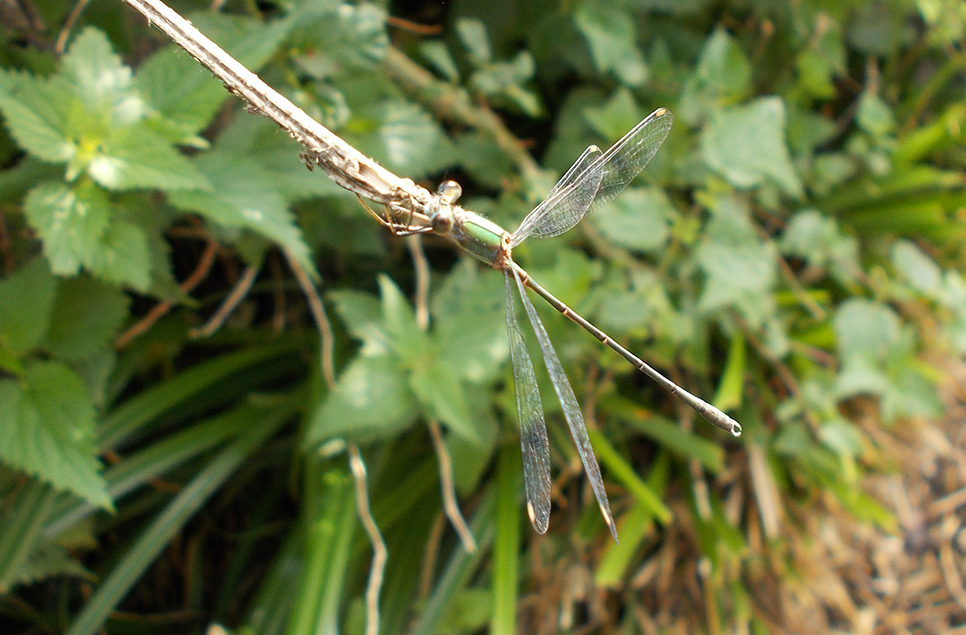
Sightings of grey herons and cormorants are on the increase with snipe arriving to overwinter as well now showing at the hides.
In October we begin our monthly Marsh Harrier monitoring - we are staying open later on Nov 9 & 12 to allow visitors to watch the harriers and the other birds of the evening roost.
Ready to see our wild side?
If you've been inspired to explore the reserve and wildlife hides at Arundel Wetland Centre this autumn, find out more and plan your visit online.
Plan your visit